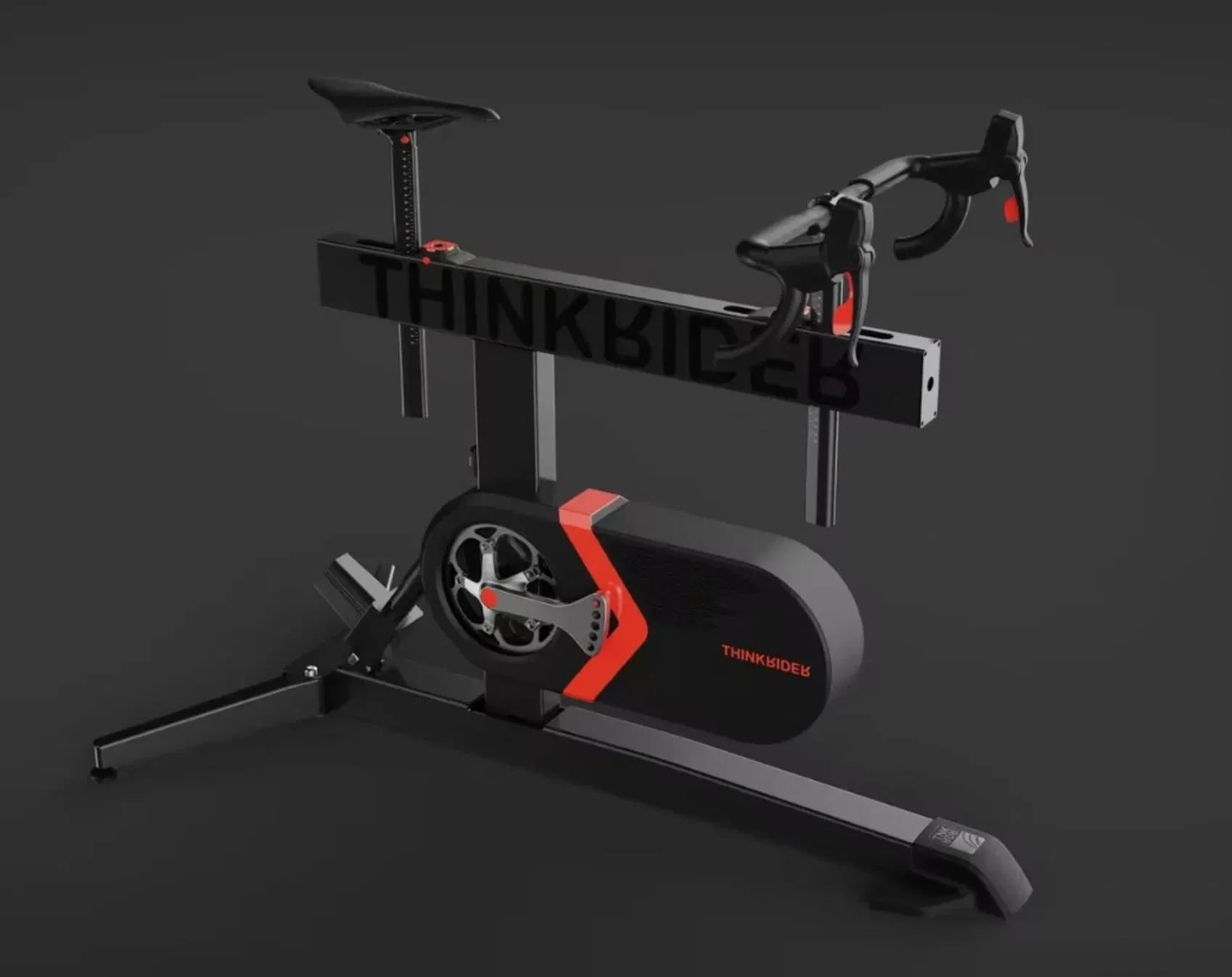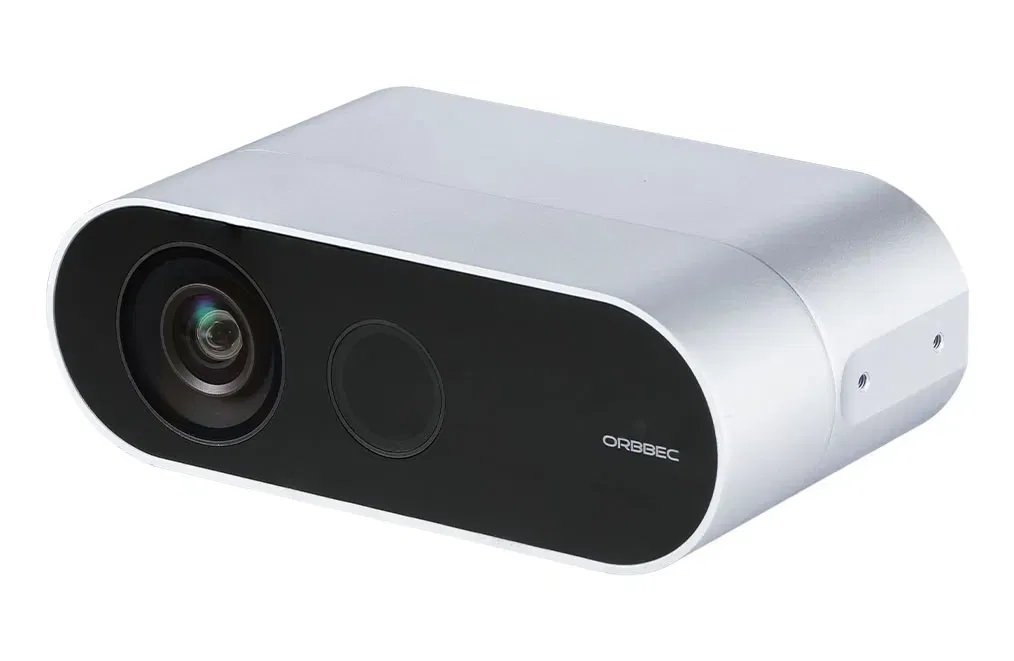Khass Fitting Labs
Khass Fitting Labs delivers scientific Bike Fitting services by our certified bike fitter. We utilize a 3D dynamic motion capture system to analyze your biomechanics, precisely resolving pain points (knees, back, numbness) and optimizing cycling efficiency. Upgrade your position from comfort to peak performance.
Bike Fitter
Lucas
Bike Fitter
Certified Bike fitter of Khass Fitting Labs. Completed fittings for 800+ riders since 2016. He leverages proven experience and scientific protocol to eliminate pain and optimize your position for peak cycling performance.
The Essential Purpose of Bike Fitting
- Eliminating Discomfort - Precisely resolving the root causes of chronic pain, including knee pain, back strain, and foot/palm numbness.
- Preventing Injury - Ensuring your body moves through a safe and natural motion range to prevent long-term injuries.
- Maximizing Performance - Achieving a position that allows you to ride further, faster, and longer with sustained comfort.
What we do
1. Interview - To know more aboout the rider, cycling experience, habit, injury history, discomforts during ride.
2. Body Mobility & Functional Assessment - We now conduct detailed physical assessments to understand your body’s range of motion, flexibility, and alignment.
For example: Straight Leg Raise, Single Leg Squat, Thomas Test, etc.
3. Riding Position Checking - We will let rider rides our fitting bike OR his bicycle on the indoor trainer, observe his riding position by using our new 3D motion capture camera with Cycrevo Bike Fitting System. This provides real-time analysis of your pedal stroke, joint angles, and riding posture, and allows for precise fitting adjustments based on dynamic, real-world movement — not just static measurements.
4. Adjustment - After the analysis, bike fitter is able to tell what will be the changes in rider's bike setting.The setting changes might be: Shoe Cleat position, Saddle position, Handlebar position, Crank Arm Length.
5. Motion Guidance - Fitter will guide riders to the correct riding posture, and show riders how to use correct muscle to pedal.The very important muscle during pedal process is glute muscle, the fitter will guide riders on how to use it during cycling.
6. Bike Fitting Report - After the fitting, fitter prepare rider a copy of fitting report.
2. Body Mobility & Functional Assessment - We now conduct detailed physical assessments to understand your body’s range of motion, flexibility, and alignment.
For example: Straight Leg Raise, Single Leg Squat, Thomas Test, etc.
3. Riding Position Checking - We will let rider rides our fitting bike OR his bicycle on the indoor trainer, observe his riding position by using our new 3D motion capture camera with Cycrevo Bike Fitting System. This provides real-time analysis of your pedal stroke, joint angles, and riding posture, and allows for precise fitting adjustments based on dynamic, real-world movement — not just static measurements.
4. Adjustment - After the analysis, bike fitter is able to tell what will be the changes in rider's bike setting.The setting changes might be: Shoe Cleat position, Saddle position, Handlebar position, Crank Arm Length.
5. Motion Guidance - Fitter will guide riders to the correct riding posture, and show riders how to use correct muscle to pedal.The very important muscle during pedal process is glute muscle, the fitter will guide riders on how to use it during cycling.
6. Bike Fitting Report - After the fitting, fitter prepare rider a copy of fitting report.
Supported by
Pricing Table
Road Bike
MOST POPULAR RM750
- 3D Dynamic Road Bike Fitting
- Fitting report
- 1 year after fit adjustment
TT/Tri Bike
RM850
- 3D Dynamic TT/Tri Bike Fitting
- Fitting report
- 1 year after fit adjustment
F.A.Q
Do I need to bring my own bike for a bike fitting?
We highly recommend bringing your own bike. This allows us to evaluate your current setup, identify any issues, and make precise adjustments directly on your bike.
Can I get a bike fitting even if I don't own a bike yet?
Absolutely. In fact, we encourage doing a bike fitting before purchasing a bike. This helps you determine the correct frame size. Once you’ve received your new bike, you can bring it back to us within a year—we’ll copy and transfer the setting to the new bike, free of charge.
How do you perform a bike fitting if I don’t have a bike?
We use a professional fitting bike that can be fully adjusted in terms of saddle and handlebar position, as well as crank arm length. We offer multiple handlebar options, including road drop bars, TT/triathlon bars, and flat bars. Once your fitting is complete, we can apply the measurements and settings from the fitting bike to your future bicycle.


What fitting software do you use?
We use the Cycrevo Dynamic Analysis System in combination with the Orbbec Femto Bolt 3D motion capture camera. This advanced setup allows us to capture and analyze over 15 key data during pedaling, providing precise data to help us optimize your fit and performance.




Do you provide demo saddle?
Yes, we provide various demo saddles from top brands: Fizik, Selle Royal, Selle San Marco, Selle Italia, Prologo, PRO, and more.
TEST before you BUY.
TEST before you BUY.
Will a bike fitting make me faster?
Bike fitting is not a magic that instantly makes you faster. Just like other sport, the only way to increase performance is always training.However, bike fitting puts you in the right position—one that is comfortable, efficient, and reduces the risk of injury. This is crucial because only in a proper position can you train consistently and effectively over time. And with consistent training comes real performance gains.
Our motto is: From Position to Performance.
Our motto is: From Position to Performance.
What should I bring for the bike fitting session?
1. Your bike
*If you're unable to bring your bike, be sure to bring your saddle and pedals instead, we do have fitting bike in our studio
2. Cycling jersey
3. Cycling shorts or pants or Bib
4. Cycling shoes
5. Socks
*Try to avoid apparel with reflective material
*If you're unable to bring your bike, be sure to bring your saddle and pedals instead, we do have fitting bike in our studio
2. Cycling jersey
3. Cycling shorts or pants or Bib
4. Cycling shoes
5. Socks
*Try to avoid apparel with reflective material
How long does a bike fitting take?
Typically takes 2 to 3 hours.
Don't worry, we provide drinking water for you.
Don't worry, we provide drinking water for you.
What languages are your bike fitting sessions conducted in?
English, Bahasa Malaysia, 中文
What payment option you provide?
Cash, TNG, Online Transfer only, NO card payment.
Do I need to make booking?
YES, we recommend you to make booking before the fitting.
SEND ENQUIRY
You are also welcome to visit our Bike Fitting Labas in Khass Bicycles Store.
Address: Khass Bicycles Store: 72, Jalan Layang 16, Taman Perling, 81200, Johor Bahru, Johor, Malaysia
VISIT US
SEND ENQUIRY
You are also welcome to visit our Bike Fitting Labas in Khass Bicycles Store.
Address: Khass Bicycles Store: 72, Jalan Layang 16, Taman Perling, 81200, Johor Bahru, Johor, Malaysia
VISIT US
Common Cycling Issue, Discomfort
Disclaimer (read this before you use the infor below)
This Q&A offers general guidance for self-assessment only. It is not a substitute for a professional Bike Fitting. Cycling pain is complex and requires dynamic analysis of your unique anatomy to resolve the root cause.
Make appointment now: Whatsapp enquiry
Make appointment now: Whatsapp enquiry
How to self-adjust the saddle height?
The saddle height is crucial and can be roughly checked using the heel-to-pedal method.
Bike Fitting by Khass Fitting Labs
- Stand beside your bike and adjust the saddle height to approximately your hip bone level.
- Sit on the bike and place your heel on the pedal when it is at the bottom dead center (6 o'clock).
- If your leg is fully straight, the saddle height is a good starting point (approximately 70% correct).
- If your knee is still bent, raise the saddle.
- If your heel loses contact with the pedal or your hip rocks, the saddle is too high, lower down the saddle.
- Use your forefoot to pedal.
Bike Fitting by Khass Fitting Labs
Knee Pain
Knee Pain - Front
Knee Pain - Back
Knee Pain - Inside or Outside
- Saddle height is too low
- Saddle position is too far forward
- Crank arms is too long
- Shoe cleat position is too far forward
- Excessive use of the quadriceps (quad dominance).
- Riding intensity is too high
- Gear ratio is too heavy
Knee Pain - Back
- Saddle height is too high
- Saddle position is too far backward
- Reach is too long
Knee Pain - Inside or Outside
- Saddle height is too low / high
- Cleat angle is incorrect relative to your natural foot rotation
- Cleat floating angle is too small
- Stand width is too wide / close
- Lack of proper arch support (foot instability).
- Leg length discrepancy
- Abductor muscle imbalance
- ITBS (Iliotibial band syndrome)
Feet pain / numbness
- The shoes size are too small
- The shoes last cutting is too narrow
- The shoes are too tight
- Shoe cleat position incorrect
- Cycling time is too long according to current physical condition
- Riding intensity is too high
- Gear ratio is too heavy
Neck Pain / Soreness
Neck pain is often complex and rarely caused by one factor.
- Overly Aggressive Setup - Saddle to handlebar drop is too large
- Beginners' posterior neck muscles are unconditioned for the sustained static position.
- Riding in the same posture for too long.
- Helmet is too heavy
- The upper frame of the glasses obstructs the view, requiring excessive tilting of the head.
Lower Back Pain / Soreness
Lower back pain is typically a failure of the core to stabilize the spine, amplified by the bike setup:
- Incorrect Saddle Angle
- Reach is too long (Aggressive): Forcing the rider into a stretched, unsupported, and often rounded-back posture,
- Reach is too short: Forcing round back.
- Overly Aggressive Drop: Large saddle-to-handlebar drop.
- Riding intensity is too high
- Gear ratio is too heavy
Hip Pain
Hip pain often stems from restricted range of motion or improper muscle firing:
- Crank Arms is too long
- Saddle height is too low
- Saddle position is too far backward
- Shoe cleat position is too far forward
- Relying too much on the hip flexors (too pulling up on the pedals)
- Riding intensity is too high
- Gear ratio is too heavy
Buttocks pain / numbness
Pain or numbness here is a direct result of excessive pressure on the soft tissue, usually due to the contact point:
- Rider's weight is too heavy
- Incorrect Saddle Shape/Hardness
- Saddle position is too far backward
- "Casual" Riding Style: Failing to effectively transfer weight to the pedals, leaving too much load on the saddle.
Forearm & Palm Discomfort
- Wrong handlebar width (too wide/narrow)
- The shifter is tilted too far forward.
- Glove size too small


